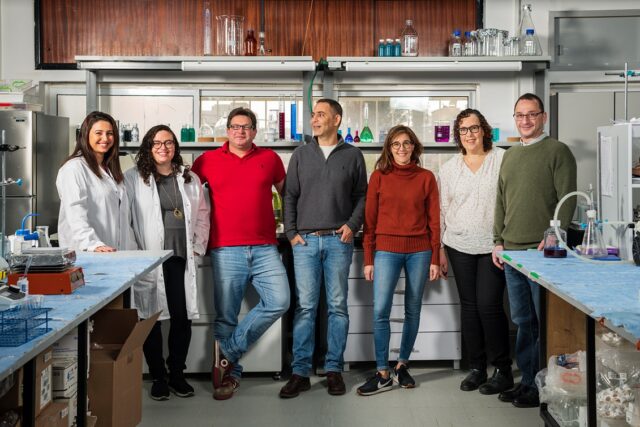Gavan develops zero-waste plant protein extraction

 Gavan Technologies has developed a novel, waste-free protein extraction method that it said completes the sustainability loop through the sustainability practice of upcycling.
Gavan Technologies has developed a novel, waste-free protein extraction method that it said completes the sustainability loop through the sustainability practice of upcycling.
Itai Cohen, CEO and co-founder of Gavan, said the multistep technological platform enables the process to take any plant source, isolate and extricate multiple proteins and other valuable components until the source is fully consumed.
“No part of the plant is left out. Moreover, the proteins maintain their original form — there is no resulting modification to their physical structure. All of the source’s nutritional and functional qualities are fully preserved,” he said.
Gavan’s proprietary modification platform harnesses the versatility of each plant component’s functional characteristics to produce: natural colours, protein isolates, flavour enhancers, gluten substitutes, and other useful compounds. The process requires zero-to-minimal heat, allowing for up to a tenfold reduction in energy consumption.
Cohen noted that with many food industry companies actively striving to align their operations to meet the European Commission’s Green Deal call for greater resource efficiency, they have been consciously shifting their industrial processes to more sustainable standards.
“Innovation within alt protein production focuses predominantly on finding more exotic sources of protein and processing them into innovative, palate-friendly alternatives to animal proteins. Many of the methods used, however, fail to glean the full value of the plant source in terms of functional components and holistic goodness,” explained Cohen. “They end up wasting valuable raw material.”
Many methods employed in protein extraction involve multiphase chemical processes, leading to intrinsic losses in both yield and quality at each step. Up to 80% of the plant source can be wasted, or relegated to compost or animal feed. In some cases, the company has to allocate funds to remove the waste.
The side stream products generated often become too diluted to use, or too reduced in quality, to be truly beneficial. Further energy-intensive separation and drying methods make such methods even more costly and less environmentally sound.
Cohen said: “We developed advanced methods for protein extraction from inception, and that by design are regenerative. We can exploit all of a plant’s components and explore their functional potential in endless food applications, without imparting any sensory shortcomings. Being sustainable and circular is integral to our business model.”
In a lentil pilot trial, extraction of a high-profile, 92% protein isolate yielded additional value components including complex carbohydrates, fibre, minerals, and fat. These were converted into a nutritious, neutral-flavoured, non-gluten flour. The company also produced a high-functioning, protein-rich emulsifier suitable as an egg white replacer with aquafaba-like abilities. The company assures that the same process can be applied to any plant protein source, from soybeans, chickpeas, lentils, algae, and others.
Gavan also successfully derived multiple products from spirulina, including a protein-dense, vibrant blue colorant.
“Spirulina is made up of 70% high-value protein and hosts a naturally rich content of chlorophyll and the bright blue pigment protein complex phycocyanin,” explained Yael Leader, head of product for Gavan. “After extracting the phycocyanin blue colorant, the remaining mass yielded a range of clean-label, protein-based flavour enhancers; a brown colorant offering a better-for-you alternative to the commonly used caramel colorants; residual carbohydrates; and a lipid fraction rich in essential fatty acids and carotenoids.”
While still under development, Cohen projects Gavan’s extracted products to begin a gradual market rollout in 2023. “Our technology signifies a paradigm change, demonstrating how focusing on sustainable and circular production enables higher efficiencies and presents a better economic model,” he declared.
Related content
Source: foodanddrinktechnology.com

